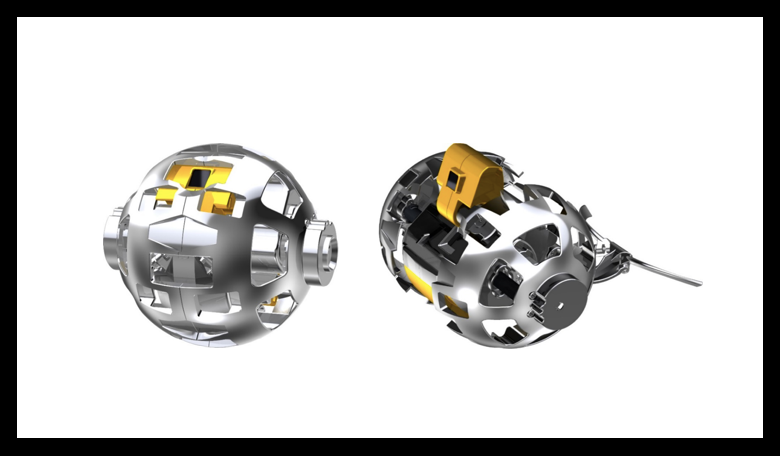The Japanese space agency is sending an ultra-compact, ultra-lightweight transformable rover to the Moon that will lay the ground work for a future crewed pressurised rover, say JAXA.
Jointly developed by JAXA, TOMY Company, Sony Group Corporation and Doshisha University, the robot will be delivered to the Moon in 2022 by ispace, inc, a private Japanese lunar robotic exploration company that is developing micro-robotic technology.
Packed on board the rover are cameras designed to image the lunar regolith as the machine traverses the surface of the Moon.
This will help designers back on Earth to evaluate how the impact of the regolith will affect the driving performance of the future crewed pressurised rover.
“JAXA has been promoting mission development and system studies on international space exploration targeting the Moon and Mars by gathering Japanese technologies and knowledge. In particular, the crewed pressurised rover will play an important role in developing mobility on the lunar surface for sustainable exploration activities,” Vice President of JAXA, Hiroshi Sasaki, says.
Plans for the rover have been underway since 2016 following a Request For Proposal (RFP) from the JAXA Space Exploration Innovation Hub.
Its development technologies for handling the space environment are being provided by JAXA, and TOMY, a firm best known as a producer of innovative children’s toys, are handling the rover’s miniaturisation technology, along with former employee Kimitaka Watanabe, now a professor at Doshisha University.
Sony, who joined the team in 2019 are developing the control technologies for the rover. “We are honoured to be able to contribute to realising the lunar exploration mission by applying the control system for the transformable lunar robot,” Hisashi Tamai, Senior Vice President at Sony Group Corporation R&D Center says.
Looking a little like a metallic hamster ball, albeit with more holes, the spherical robot is able to transform into a running form after arriving at the lunar surface by splitting in two and revealing further technology hidden inside; a feature which also means it takes up less room during its trip to the Moon.
JAXA expects the transformable rover to play active roles in future lunar exploration missions as well as being a pathfinder mission for its crewed pressurised rover which the agency advertised for the first time in 2019.
Designed so that astronauts could live in the vehicle for fixed periods without wearing space suits, the unnamed rover which is being developed with car manufacture Toyota, would have a total lunar-surface cruising range of more than 10,000 kilometres and would use fuel cell vehicle technologies to power it.
The Japanese space agency said it is aiming to launch the crewed 6 x 5.2 x 3.8 metre rover, into space in 2029.











